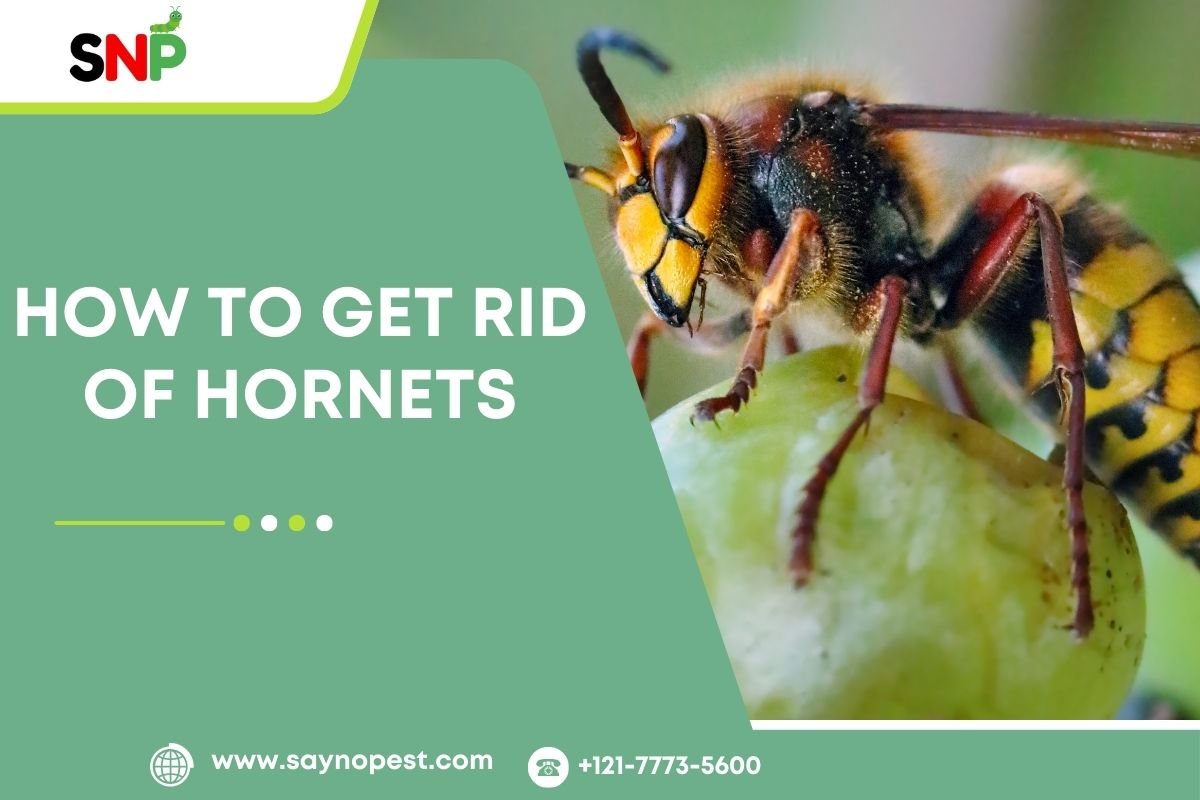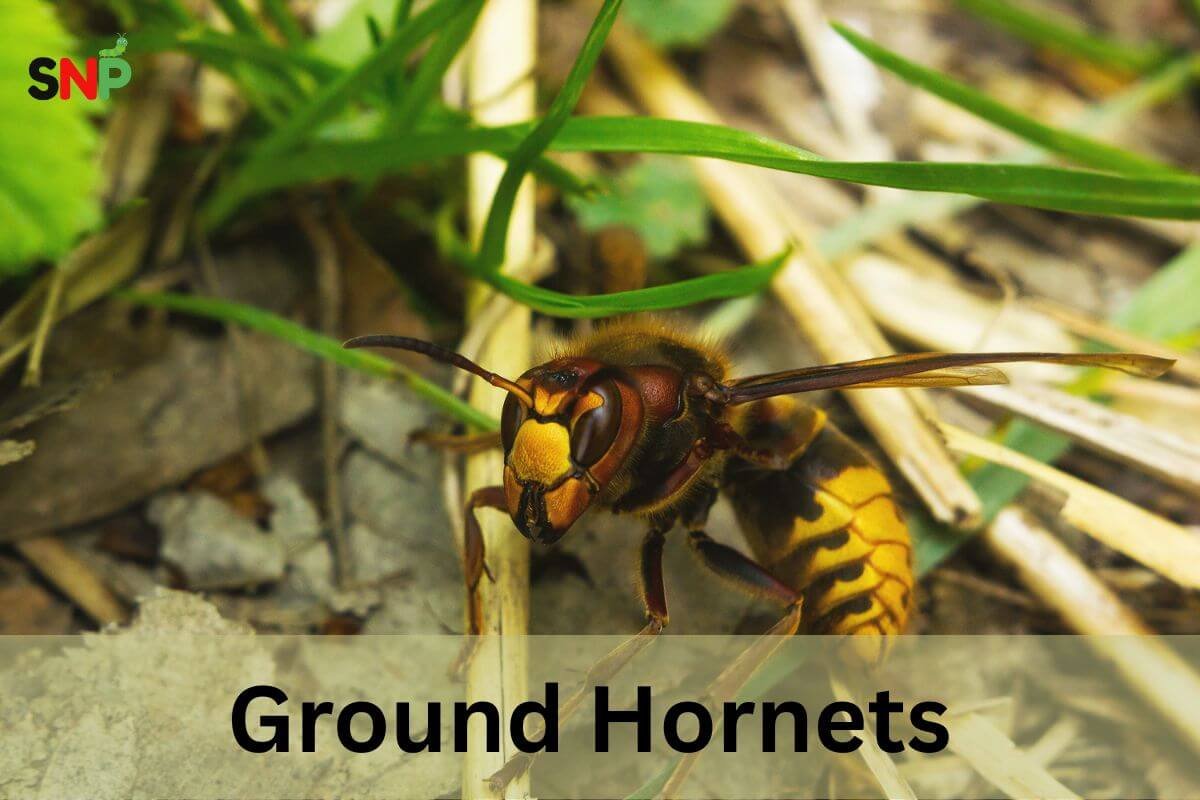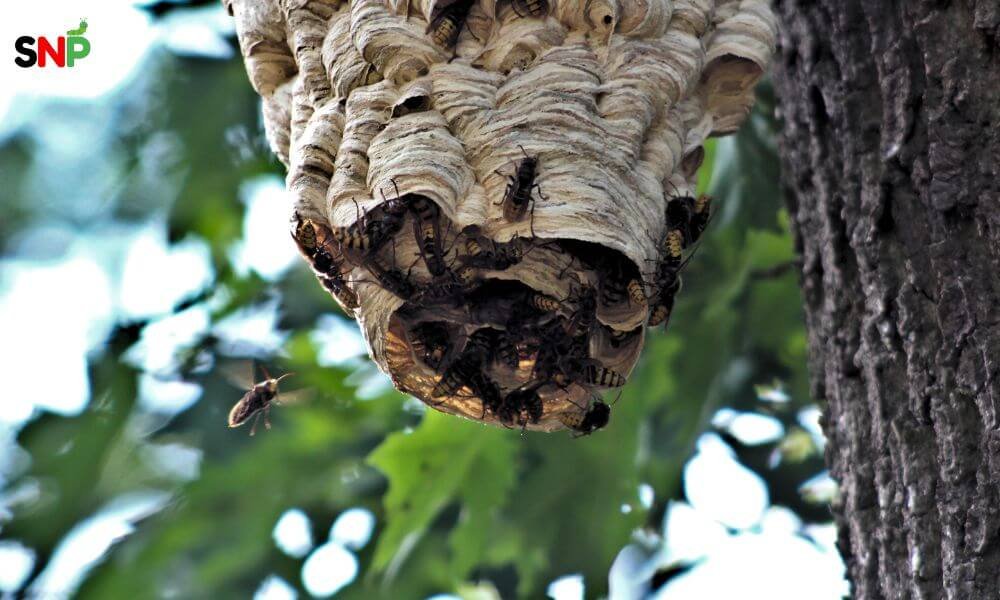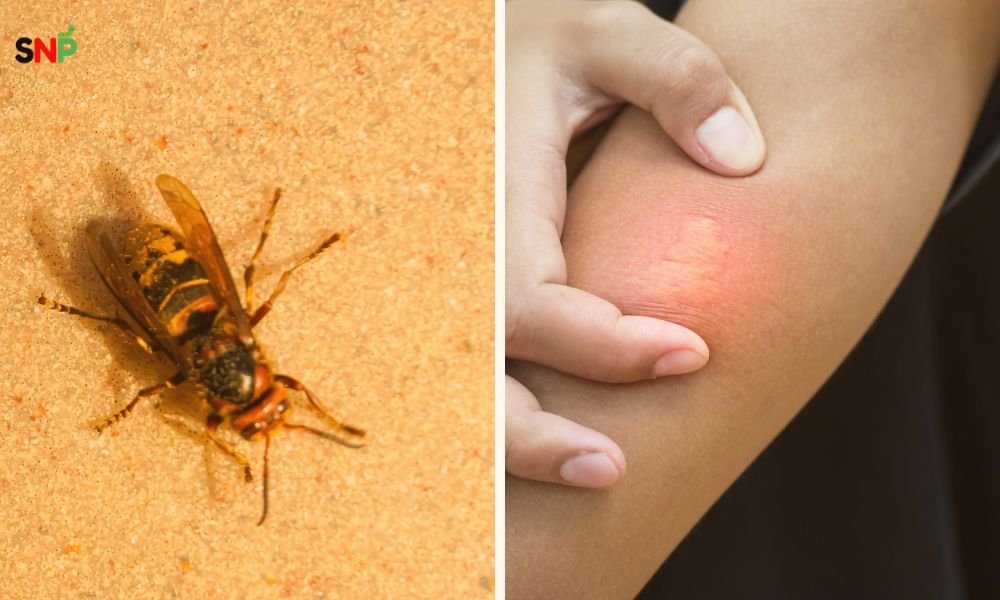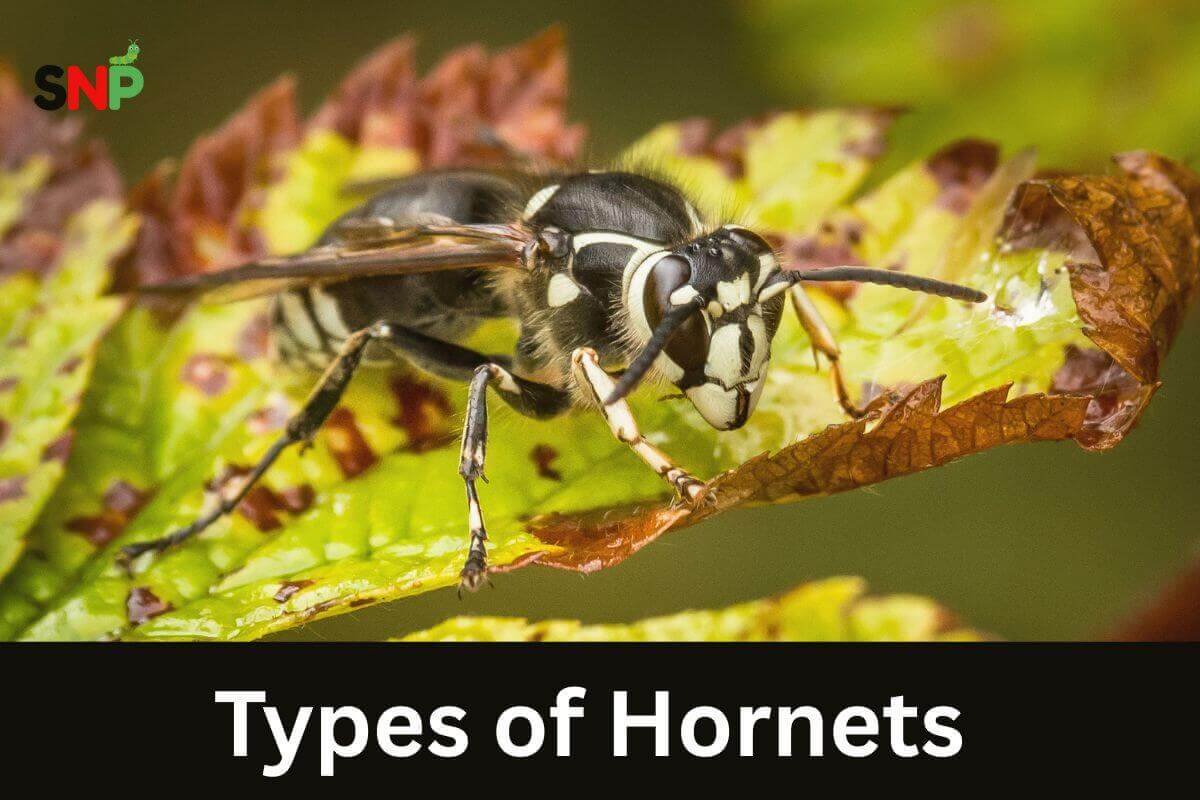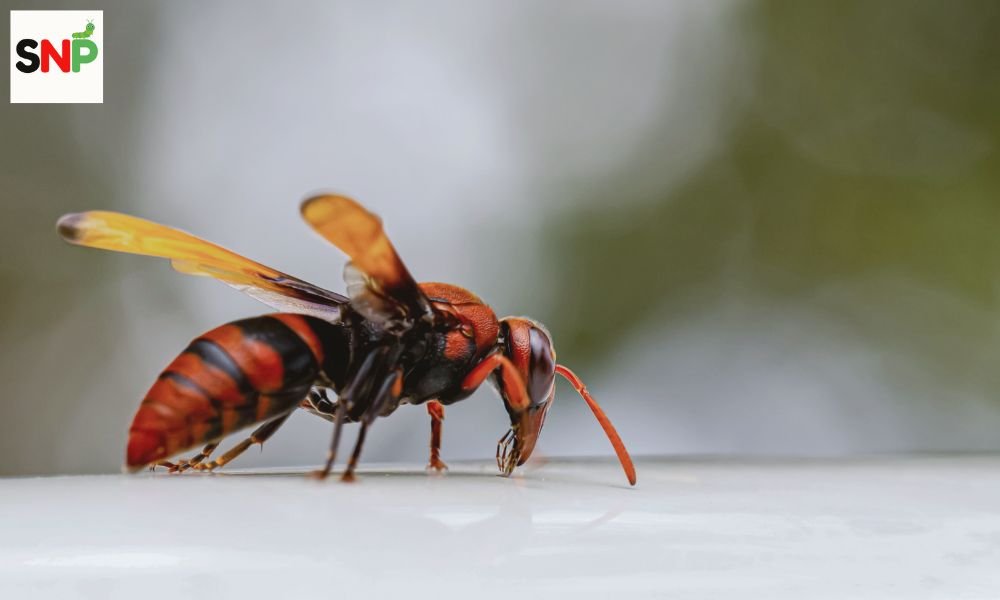Substantial outdoor areas can become dangerous zones because hornets pose particular threats to those who suffer from allergies to stings. Understanding the nature of these pests will lead to finding how to get rid of hornets. The advice presented here will help anyone control both hornets in their garden and home setting effectively.

How Do Hornets Look Like?
Identifying a hornet pest is the first step towards controlling an infestation. Often, it happens that individuals mix up the hornet with the wasp and the yellowjacket, however, the former has several specific features:
- Colour: Many hornets have a black and yellow colour. But some Hornets also have black and dark orange colour, which belongs to the European side.
- Size: The size of a hornet bug is 2 inches long, and they are the largest compared to a bee or wasp in size.
- Body Structure: They have six legs, wings that are a bit see-through, and a broader middle part than that of the yellowjackets. Their heads are also notably bigger and darker.
- Habitat: Normally, hornets build their nests up high in the trees or bushes, but today some species build in such sheltered places as empty tree trunks.
Habitat Of Hornets
The life of a hornet bug differs depending on the bee’s role in the nest:
- Workers: During the warm season, workers can live for about 3 to 4 weeks.
- Hornet Queen: In comparison to workers, the lifespan of a queen is amazingly long and can reach up to one year. After the wintertime, she comes out in the spring, sets up the nest, and at the end of the next summer or in the fall, the young queens are fertilised, so the old one can die.
- Males: The drones’ life span is very short, as they live only for a few weeks before dying. The main reason they exist is for mating and they do so in the warm season before the weather gets cold.

The Hornet Queen: The Centre of the Family
The hornet queen is the most basic and the very first part of the hornet family. During the springtime, she comes out of her hiding, which was the place she overwintered and begins to search for the best one. After this is done, she:
- Constructs the initial nest and the egg-laying process.
- Feeds the first workforce that converts the colony, as the next group of workers becomes the foragers.
- Dedicates all her energy to laying eggs, reaching as many as 400 per day.
- Produces and releases pheromones for both the management of the colony’s social system and the workers’ reproduction inhibition.
- At the end of summer, she gives birth to queens and males, ensuring the life of the colony in the next year. The original queen of the hornet and all the workers die when winter is coming, the new queens stay in hibernation.
How to Get Rid of Hornets
At first sight, a hornet bug invasion can be scary, but here are very efficient and simple steps on how to get rid of hornets:
Identify the Nest
You need to find the hornet nest, which is usually at a high place in trees or under eaves. Do so at a safe distance and watch the hornets as they fly.Choose the Right Time: Always visit the nest after dusk or in the very late hours of the night when hornets are not so active and are less likely to attack.
Use a Hornet Spray
You should use a wasp and hornet killer that is commercial and can reach up to 22 feet. Put the nozzle into the entrance and shoot the nest thoroughly. These sprays kill hornets immediately upon contact and can kill all the hornets and the nest as well.
Set Up Traps
Homemade or commercial traps loaded with sweet baits could help reduce the density of hornet bugs in and around your home.
Remove Food Sources
Make sure to keep outdoor trash well-covered and do not leave sugary drinks or food outside as these are the food items which will attract hornets.

Target the Hornet Queen
The eliminating of the hornet queen in the start of the season stops the creation of the colony. Traps can be of great help for the successful capturing of queens before they start to build new nests.
Professional Help
If the infestation level is high, contact the professional pest control provider as they can help you to deal with the problems in the best way.
Wear Protective Clothing: Always make sure you are well covered with long sleeves, pants, gloves, and even a face net when the fun is for a DIY removal.
Conclusion
It is important to know how to get rid of hornets as you can avoid damage to your family and home. Knowing how to handle the hornet bug, learning about the role of the hornet queen, and following safe removal practices, you are able to kill and prevent insects from growing. Remember: early action, the right tools, and sometimes professional help are the keys to keeping your property hornet-free.
Are you searching for products that are reliable and are the services of a professional expert to attend to how to get rid of hornets? Access the services and products we recommend and your home will stay secured throughout the year
